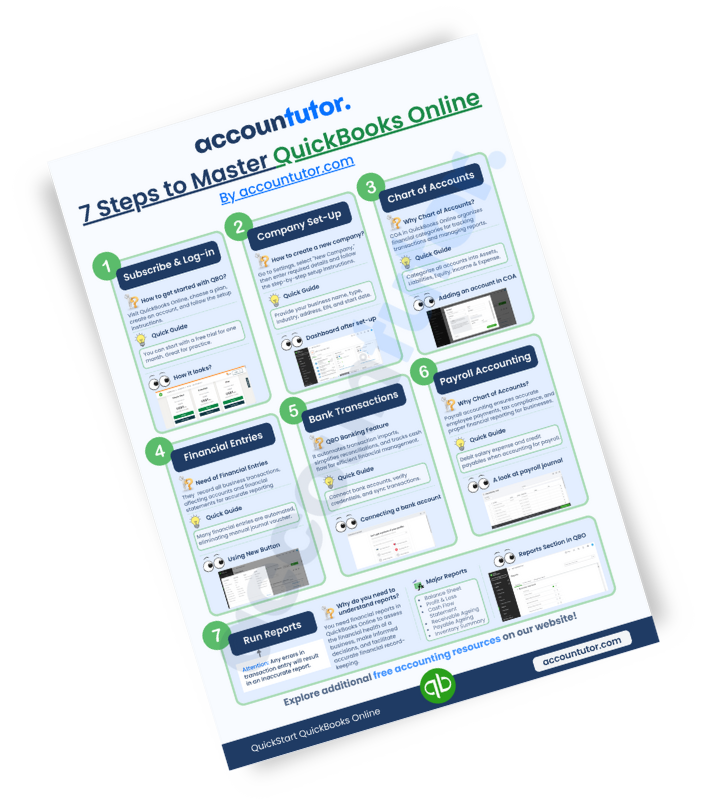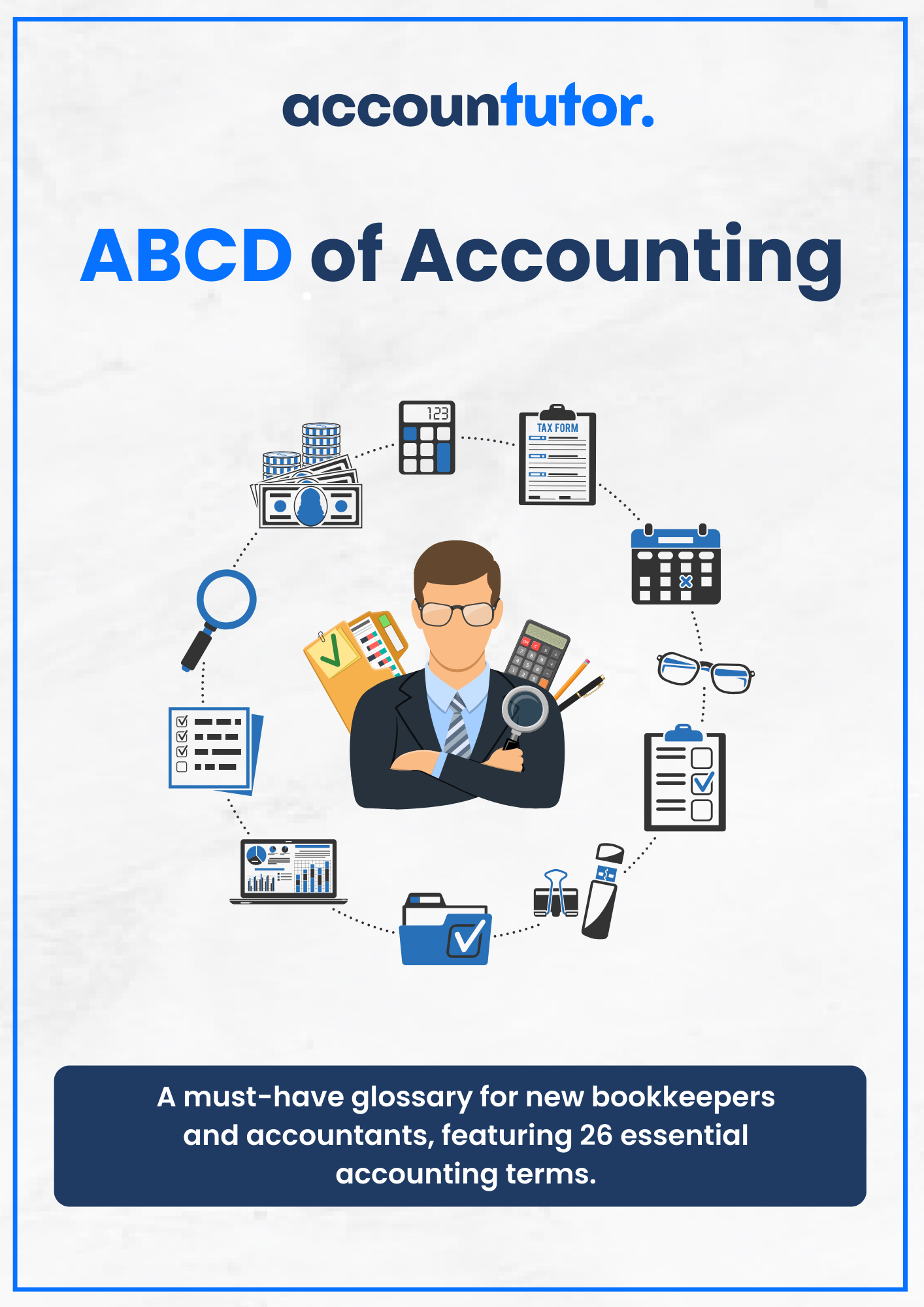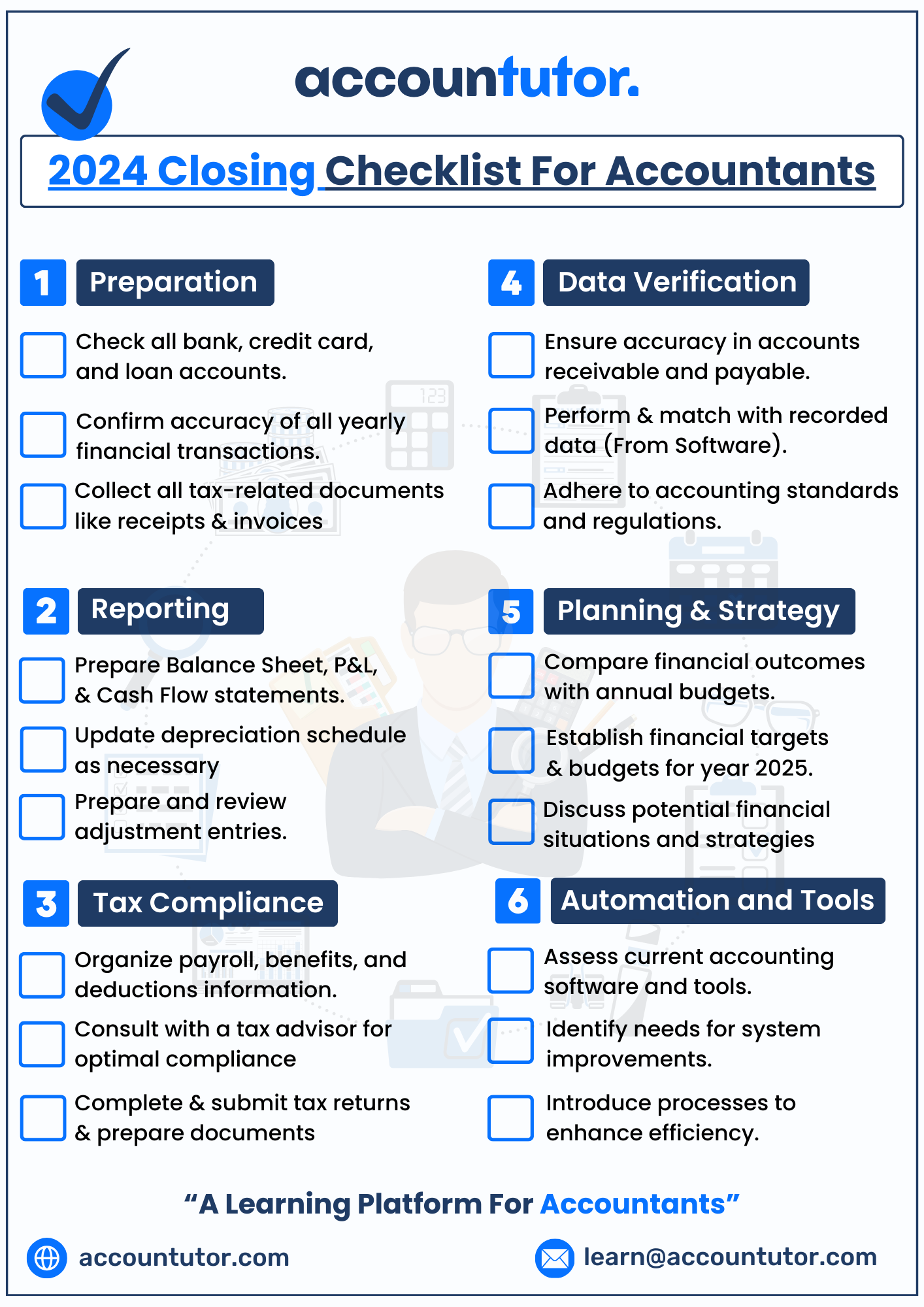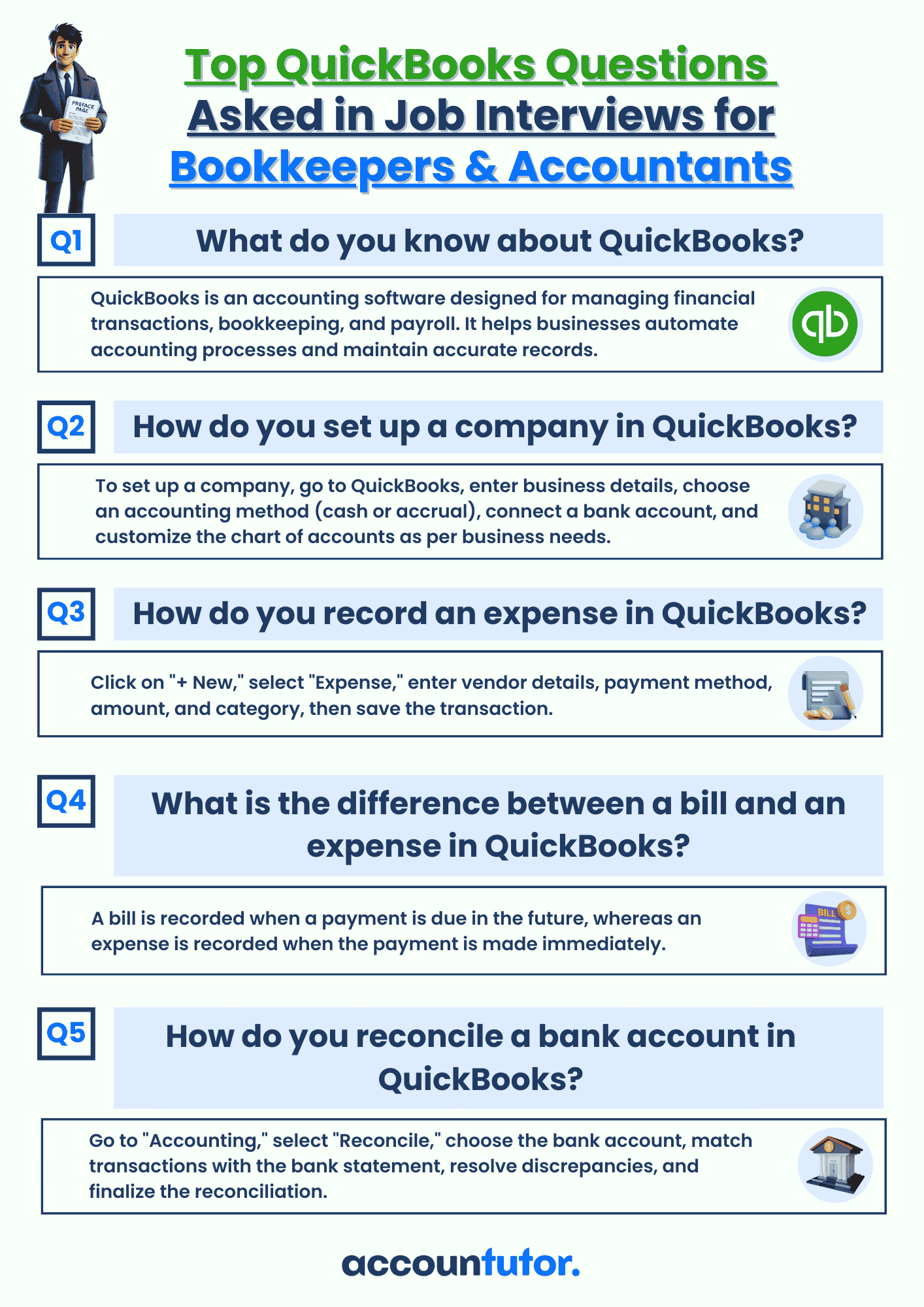Financial Reporting

Chapter 1: Understanding Financial Reports
This chapter introduces the purpose and importance of financial reports. Think of them as a company’s report card—showing what it owns, owes, and earns. You’ll learn why they’re prepared, who uses them, and the rules that guide them. Whether you're a business owner or beginner, understanding financial reports is key to smart decision-making.
1. Purpose
of Financial Reports
2. Users
of Financial Information
3. Key
Financial Reporting Standards
Chapter 2: Preparing
Financial Statements
In this chapter, you’ll learn how to prepare the three main financial statements—Balance Sheet, Income Statement, and Cash Flow Statement. Step by step, each lesson will guide you in turning raw data into clear reports. Whether for your own business or someone else’s, these are must-have skills.
1. Compiling
the Balance Sheet
2. Preparing
the Income Statement
3. Creating
the Cash Flow Statement
Chapter 3: Financial Ratio Analysis
This chapter covers financial ratios—simple yet powerful tools that reveal how a business is performing. You’ll learn key types like liquidity, profitability, solvency, and efficiency, and how to calculate and understand them at a glance.
1. Liquidity
Ratios
2. Profitability
Ratios
3. Solvency
& Efficiency Ratios
Chapter 4: Budgeting & Forecasting
This chapter explores budgeting and forecasting—two key tools for planning a business’s financial future. You’ll learn how to set goals, predict outcomes, and use variance analysis to compare plans with actual results. Budgeting tells your money where to go, while forecasting shows where it might end up.
1. Basics of Budgeting
2. Forecasting Techniques
3. Variance Analysis
Chapter 5: Tax Reporting & Compliance
This chapter covers the basics of tax reporting and compliance. You’ll learn how to file returns, use deductions and credits, and stay legally compliant while avoiding penalties. Good accounting keeps you in business—good tax reporting keeps you out of trouble.
1. Basics
of Business Taxation
2. Preparing Tax Returns
3. Tax
Deductions and Credits
Chapter 6: Advanced Financial Reporting
As businesses grow, financial reporting gets more complex. This chapter introduces advanced reporting, including consolidated statements, segment reporting, and ESG data. It’s about going beyond numbers to deliver deeper insights for stakeholders.
1. Consolidated
Financial Statements
2. Segment
Reporting
3. ESG
& Non-Financial Reporting
Write your awesome label here.
Access all Accounting and Bookkeeping Courses from One Portal.
Mastering Bookkeeping and Accounting
MBA simplifies accounting, ledger management, account balancing and financial statement preparation.
QuickBooks Online For Bookkeepers
From Beginner to Expert: Master QuickBooks Online. Effortlessly Navigate, Analyze Transactions, and Unlock its Full Potential.
Xero Accounting For Bookkeepers
Learn how to use Xero, the leading online accounting software to perform most of the essential bookkeeping tasks.
ChatGpt for Bookkeepers and Accountants
Learn how to use the ChatGPT prompt toolkit to simplify daily accounting tasks for accountants and bookkeepers instantly.
Subscribe to our newsletter
Stay informed with the latest accounting tips, tools, and updates from Accountutor right in your email inbox.
Thank you!
Policy Pages

Download QuickBooks Online PDF Guide
Thank you!

Download QuickBooks Online Cheat Sheet
Thank you!

Download ABCD of Accounting
Thank you!

Download Checklist 2024
Thank you!
Register For Free!
Thank you!

Download Interview Questions
Thank you!

